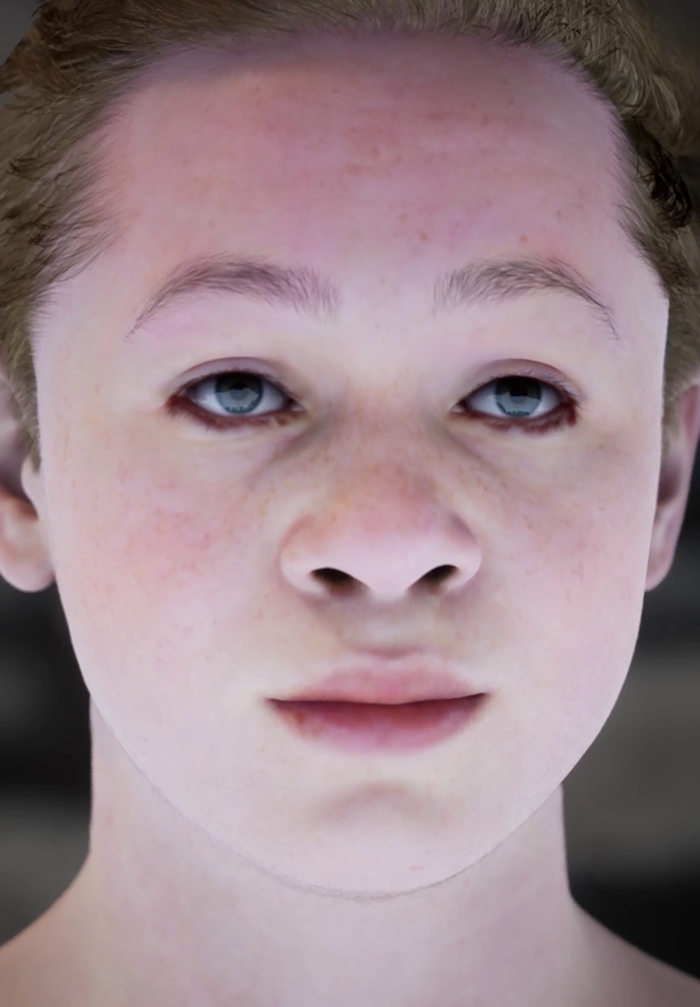Le montage hyperproductif

Produire en grande quantité, à la quasi-hauteur de l’hypermnésie des données massives du réseau, implique de modifier ses pratiques de production et ses modes d’attention, sa volonté créatrice. Ce changement permet de mieux percevoir les transformations historiques de notre relation avec la technique, d’en analyser les influences et les boucles de rétroaction.
Ainsi, on peut prendre l’exemple du montage cinématographique qui est fondé traditionnellement sur une table de montage. Celle-ci permet de découper le film selon sa volonté et selon l’écoute qu’on a envers les images, suivant en cela la boucle entre la forme et la matière de l’hylémorphisme : le monteur, à la manière d’un sculpteur, allie sa volonté aux exigences du matériau. La technique est alors soumise à la cause efficiente qu’est le monteur-réalisateur. Elle en est l’expression selon les contraintes d’une matière déterminée auquel il sait êre attentif.
Mais lorsqu’on souhaite produire plusieurs dizaines ou centaines d’heures d’images, alors la signification du montage change du tout au tout car cette temporalité n’est plus humainement réalisable. Si on utilisait une table de montage et le type d’attention qui lui correspond, on y passerait plus d’une vie. On passe du monde hylémorphique du cinématographe à celui variable de l’ordinateur.
Avec ce dernier il s’agit de produire une grande quantité de fragments. Ceux-ci seront conçus pour être indifférents les uns aux autres, c’est-à-dire compatibles les uns avec les autres afin que le montage puisse se faire en tous sens et que la volonté n’ai rien à y faire, à y décider. Ceci implique que le contenu des fragments doit avoir quelque chose d’indifférent et pour tout dire de neutre. Cela en est fini des climax et des identifications, de la folie de l’intensité cinématographique. Quelque chose se répète dans ces fragments quant à ce qu’ils « racontent », la répétition se fait sur une ligne de variation.
On leur donnera un nom de fichier aléatoire, disons une suite de chiffres grâce à un logiciel de « renaming » et ce nom permettra de donner un ordre qui sera celui du montage grâce au classement du système. On pourra alors superposer les couches et les types de fragments, par exemple des visages, des fumées, des schémas, et ainsi créer un rythme qui s’apparente à un montage mais qui n’est plus cinématographique car le monteur n’y intervient qu’en amont, le montage se fait pour ainsi dire sans lui.
La technique ici de montage n’est pas soumise à la volonté du concepteur mais c’est le concepteur qui loin de s’adapter au régime strict de la technique, trouve une manière de s’y infiltrer en parasite en ses codes et par exemple en utilisant l’aléatoire des chiffres dans l’organisation des noms, il trouve un moyen de communiquer avec cette autre logique qui est celle de la machine. Dès lors on passe d’une technique conçu comme l’expression d’une volonté humaine, à une technique où la volonté humaine se lie à celle-ci et s’hybride à elle, est influencée par elle.
Cette transformation dans la relation avec la technique a pour conséquence une transformation dans la temporalité qui est l’expression de cette influence réciproque et qui a comme ultime conséquence une transformation dans la nature de ce qui est racontée : une fiction sans narration.
Le montage cinématographique était comme une dilatation du temps où il s’agissait pour le monteur de voir image par image, chaque image du montage. Cette focalisation si bien exprimée dans les histoires du cinéma de Jean-Luc Godard est bien sûr absolument inutilisable dans l’hyperproduction. En effet, avec elle il n’y a pas de synchronisation entre le temps du monteur et le temps du montage. Le premier ne peut pas être présent dans la durée du résultat, ceci dépasserait ses capacités d’attention. Le temps du montage c’est-à-dire le résultat de celui-ci pourra être de plusieurs années sans que pour autant celui qui a effectué le montage soit dans l’obligation de passer plusieurs années dans la salle de montage. Il pourrait tout à fait créer des centaines d’années de montage en ne programmant que pendant quelques secondes. Cette désynchronisation temporelle entre les causes et les effets a pour conséquence que le monteur de l’hyperproduction n’est pas le premier regardeur de ce qui le produit. Le résultat peut tout à fait exister sans être vu par personne, sans témoin, ni au début ni à la fin. Cette absence de témoin est le signe d’une désynchronisation temporelle qui est la nouvelle relation entre l’être humain et la technique : disynchronie.

Producing in large quantities, at the near height of the hypermnesia of the massive data of the network, implies modifying one’s production practices and one’s modes of attention, one’s creative will. This change allows us to better perceive the historical transformations of our relationship with technology, to analyze its influences and feedback loops.
Thus, we can take the example of cinematographic editing, which is traditionally based on an editing table. This one allows to cut the film according to its will and according to the listening that one has towards the images, following in that the loop between the form and the matter of the hylémorphism: the editor, in the manner of a sculptor, allies his will to the requirements of the material. The technique is then subjected to the efficient cause that is the editor-director. It is its expression according to the constraints of a given material to which he knows how to be attentive.
But when one wishes to produce several tens or hundreds of hours of images, then the meaning of editing changes completely because this temporality is no longer humanly feasible. If one were to use an editing table and the type of attention that corresponds to it, one would spend more than a lifetime on it. We go from the hylémorphic world of the cinematograph to the variable world of the computer.
With the latter it is a question of producing a large quantity of fragments. These will be conceived to be indifferent to each other, that is to say compatible with each other so that the editing can be done in all directions and that the will has nothing to do, to decide. This implies that the content of the fragments must be indifferent and neutral. This is the end of climaxes and identifications, of the madness of cinematographic intensity. Something is repeated in these fragments as to what they “tell”, the repetition is done on a line of variation.
We will give them a random file name, let’s say a sequence of numbers thanks to a “renaming” software and this name will allow us to give an order which will be the one of the editing thanks to the classification of the system. We can then superimpose the layers and types of fragments, for example faces, smokes, diagrams, and thus create a rhythm which is similar to a montage but which is no longer cinematographic because the editor only intervenes upstream, the montage is done without him.
The editing technique here is not subject to the will of the designer, but it is the designer who, far from adapting to the strict regime of the technique, finds a way to infiltrate it by parasiting in its codes and, for example, by using the randomness of the numbers in the organization of the names, he finds a way to communicate with this other logic that is that of the machine. From then on we pass from a technique conceived as the expression of a human will, to a technique where the human will binds itself to it and hybridizes with it, is influenced by it.
This transformation in the relation with the technique has as a consequence a transformation in the temporality that is the expression of this reciprocal influence and that has as an ultimate consequence a transformation in the nature of what is told: a fiction without narration.
The cinematographic montage was like a dilation of time where it was a question for the editor of seeing frame by frame, each frame of the montage. This focus, so well expressed in Jean-Luc Godard’s stories of cinema, is of course absolutely unusable in hyperproduction. Indeed, with it there is no synchronization between the time of the editor and the time of the montage. The first cannot be present in the duration of the result, as this would exceed his attention span. The editing time, i.e. the result of the editing, can be several years without the editor having to spend several years in the editing room. He could quite easily create hundreds of years of editing by programming for only a few seconds. This temporal desynchronization between cause and effect means that the editor of hyperproduction is not the first viewer of what produces it. The result can exist without being seen by anyone, without a witness, neither at the beginning nor at the end. This absence of witness is the sign of a temporal desynchronization which is the new relation between the human being and the technique: disynchrony.
